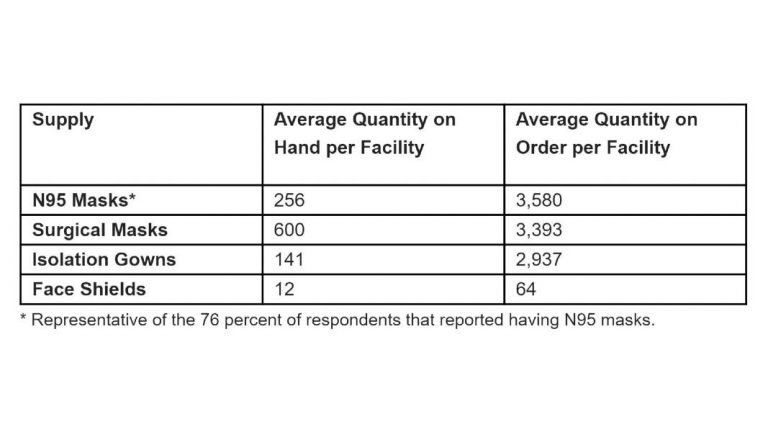Hospitals Save Over $1M Annually Using Shared Mobile Devices, But Security and Policy Gaps Pose Risks, Finds New Imprivata Report

July 29, 2025 – Waltham, Mass. – A new report from access management company Imprivata reveals that while hospitals are seeing major financial and clinical benefits from shared mobile devices—saving an average of $1.1 million annually—most still lack basic policies to manage those devices effectively, exposing them to operational delays, security risks, and potential compliance issues.
Titled “The 2025 Imprivata State of Shared Mobile Devices in Healthcare Report: Insights, Risks, and Solutions”, the research highlights the growing dependence on mobile technology in healthcare delivery, as well as the structural gaps that are holding organizations back from fully realizing its potential.
Shared Devices Now Core to Clinical Workflows
According to the report, 92% of healthcare leaders say mobile devices are now essential to care delivery—a sharp shift from their earlier role as convenience tools. Nearly all respondents (94%) say shared devices improve staff satisfaction, while 90% believe they help reduce clinician burnout.
Beyond clinical workflow improvements, the financial impact is significant. Hospitals and health systems report average savings of $1.1 million annually, driven by increased communication speed, mobility, and efficiency.
“Every second counts in healthcare,” said Dr. Sean Kelly, Chief Medical Officer at Imprivata and a practicing emergency physician. “Delays caused by outdated mobile workflows aren’t just frustrating—they can compromise care delivery. If we want to reduce burnout and improve outcomes, we must design secure mobile strategies around the realities of fast-paced, shared device environments.”
Persistent Gaps in Management and Oversight
Despite the benefits, the report finds that nearly half of healthcare organizations (44%) still lack a formal policy for managing shared-use devices. This lack of oversight contributes to several operational and security challenges:
- Missing Devices: On average, 23% of shared devices go missing each year. Tracking tools remain rudimentary—36% of organizations use manual sign-out sheets, and 32% rely on Excel spreadsheets.
- Delayed Access: 87% of care teams report difficulty accessing devices at the start of their shifts, losing an average of 13 minutes just to get assigned a device.
- Security Vulnerabilities: 74% of shared devices are often left signed in between users, and 79% of staff report sharing credentials, raising significant HIPAA compliance concerns.
- Outdated Authentication: A quarter of organizations (26%) still use usernames and passwords as their primary access method for shared devices, despite risks of slowdowns and breaches.
These inefficiencies are not just IT headaches—they delay patient care by up to three hours per week per missing device and increase the risk of data exposure and communication breakdowns.
Workarounds Undermine ROI and Security
Faced with these challenges, clinicians often resort to using their own personal phones for work tasks. The report found that 81% of clinicians turn to BYOD (bring your own device) solutions when shared-use devices are unavailable, despite the fact that 92% of healthcare leaders believe shared devices offer better ROI than personal or one-to-one models.
“When access is frictionless and secure, clinicians can spend less time troubleshooting technology and more time on what matters most: delivering safe, efficient, and connected patient care,” said Kelly.
Report Methodology
The study was conducted by Vanson Bourne and surveyed 400 clinical and IT leaders across hospitals in the U.S., U.K., Canada, and Australia. All respondents came from acute care settings with more than 100 beds. The research explored current usage of shared mobile devices, perceived benefits, and areas of risk and improvement.






